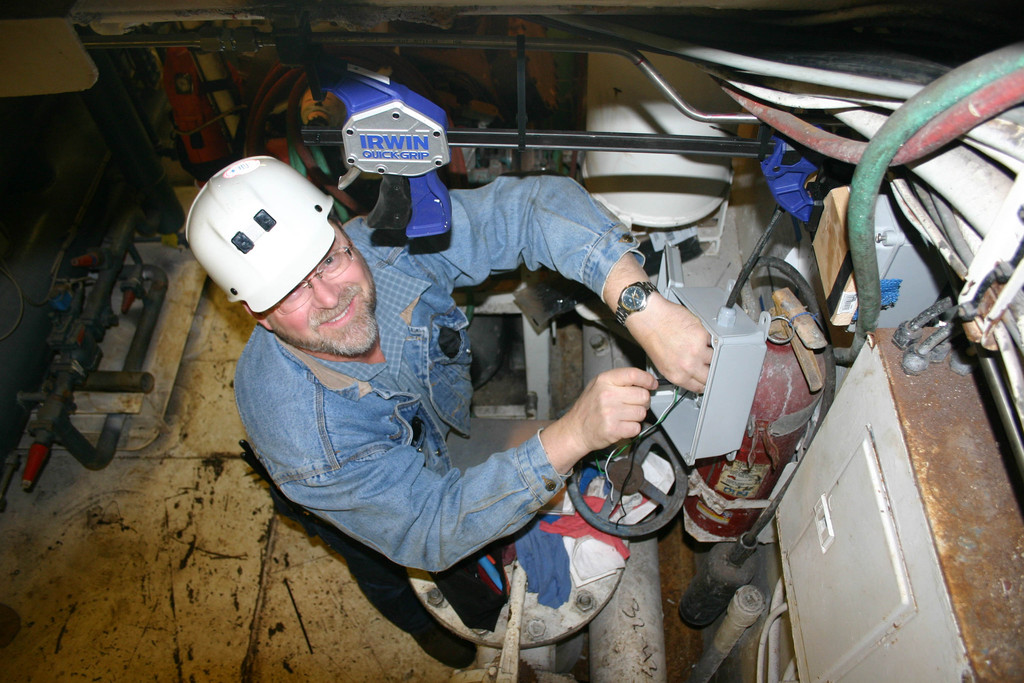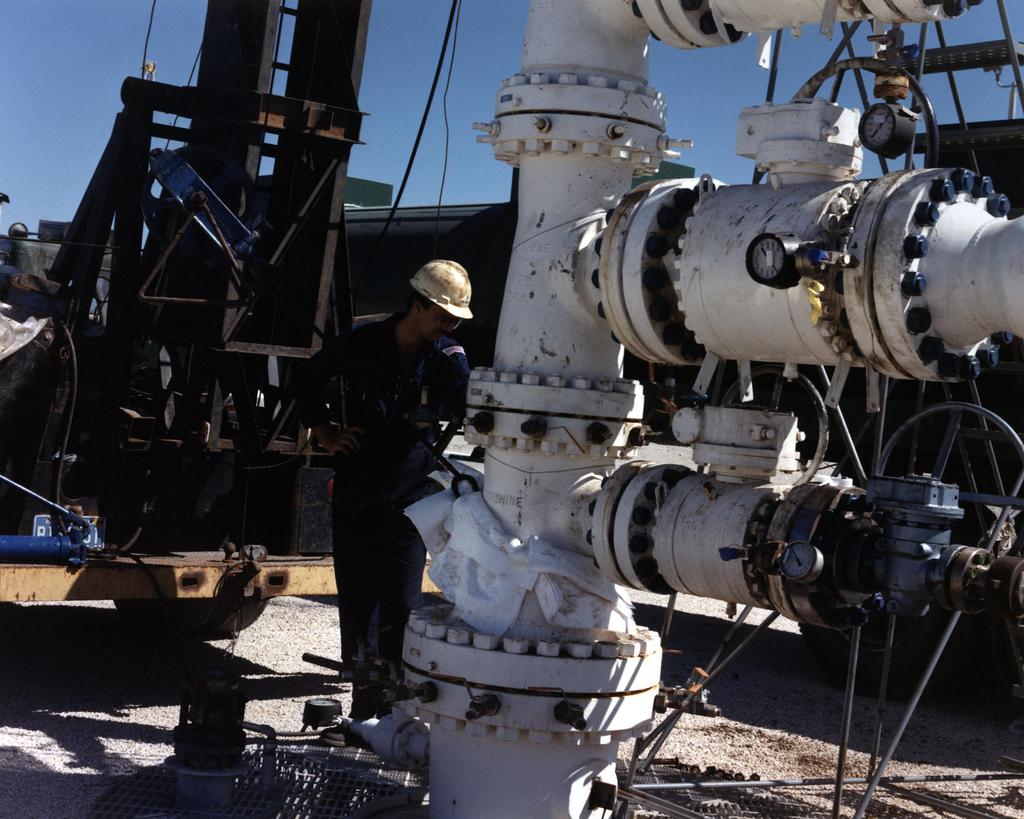
Kelly Rose
Editor

Kelly Rose
Editor
James Strohecker, senior global marketing manager at RAE Systems, a division of Honeywell, examines wireless gas detection technology within industrial facilities.
Four workers recently perished and a fifth was hospitalised at a facility in Texas, after reports that the workers were exposed to leak of methyl mercaptan - a substance used to produce insecticides and plastics. The exact cause of the deaths was not determined. However, the leakage is suspected.
Undetected inhalation of hazardous substances is a serious risk that takes the lives of more than 100 industrial workers every year. It continues to challenge safety managers, risk assessment executives and workers. Such substances are often difficult to detect and may easily permeate susceptible areas internal to a facility and its immediate surroundings. This is not only dangerous for employees of the facility, but also for vendors, contractors and nearby communities.
Many larger industrial facilities use support contractors for overhaul, maintenance, construction and other activities. Unless these contractors use a common gas monitor with wireless monitoring, it’s often difficult to determine the whereabouts of affected workers after an inadvertent exposure.
In myriad industries that include oil and gas production, rendering, pulp and paper production, chemical processing and manufacturing, construction and many others, gases such as hydrogen sulfide, carbon monoxide, ammonia, methane, fluorine, chlorine dioxide and others pose a serious risk to those who could be exposed to such substances.
Getting connected with wireless
The need for detection control has given rise to wireless detection as the best defence to proactively, 24/7, monitor and detect leaks and worker exposure to hazardous substances.
Wireless systems can now integrate dedicated wireless monitors, personal protection monitors, GPS data, real time meteorological data and personal physiologic data. Detection and data capture expedite and accelerate decision making and improve planning and forecasting for safety and maintenance purposes. Wireless gas monitors rebroadcast alarms and data in real time using mobile devices and the Internet. Wireless hazard detection system users can now engage remote experts in the same way that doctors working in remote locations can interface with medical center specialists in real time.
Historical data is useful to determine safe actions related to operational maintenance and downtime. Logged data from wireless gas detectors, biometric monitors and plume tracking is rich with useful information and can be archived and analyzed to determine predictive worker safety, plant safety during specific processes and maintenance, asset replacement, and higher output due to reduced worker stress.
According to Jim Seneczko , vice president of AFC International, a gas detection and air monitoring specialty firm, these wireless gas detection benefits are attractive to industrial managers, who are always seeking safer operations and maintenance efficiency. Seneczko interacts frequently with large industrial and oil and gas facilities that have traditionally relied on fixed, portable and area gas detection systems, but are now focused on implementing wireless gas detection.
"More and more organisations are enthusiastic about wireless gas detection systems and equipment and are anxious to install them in their facilities,” said Seneczko. "In fact, I just got out of a call 10 minutes ago with a company that’s going to budget for a plant-wide wireless system to be installed next spring. The customer felt that a wireless gas detection system is the greatest thing. It’s really going to solve their monitoring, compliance and worker safety challenges now and improve plant-wide safety down the road.”
The new customer, a regional operation of one of the largest energy companies in North America, owns and operates some 80,000 miles of pipelines and 180 terminals throughout the continent. Its pipelines transport natural gas, refined petroleum products, crude oil, carbon dioxide and more. In addition, it is a chemical holding company, so it stores or handles a variety of products and materials at a wide array of terminals. These products include gasoline, jet fuel, ethanol, coal, petroleum coke and steel.
Seneczko says that this energy company didn’t hesitate when it was presented with a plant-wide wireless gas detection solution with the potential to improve the overall safety record and help the company avoid injuries, lost worker productivity and plant downtime.
"They’re already using portable monitors, but the company now wants to go with the wireless portable gas detection system because they have flash points from a variety of compounds and some of their larger facilities have a cloud of flammable material that can create a plume outside their premises,” noted Senczko. "The safety manager wants to be able to circle the facility with the wireless monitors and track the information remotely. It’s just the perfect application.”



3775 N. First Street
San Jose
CA 95134
United States
UNITED STATES
001408 9528200